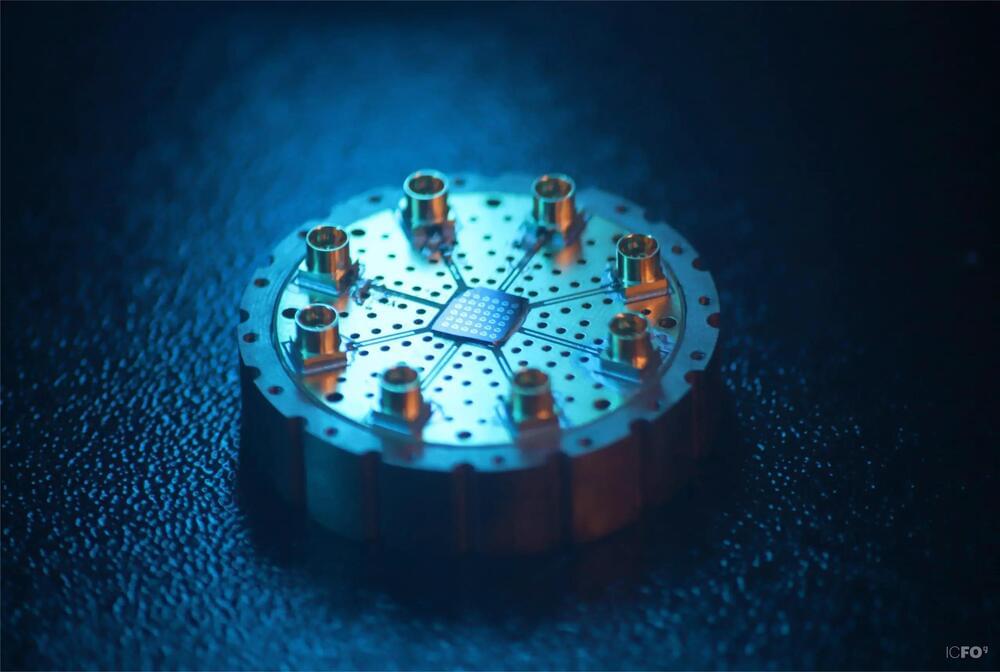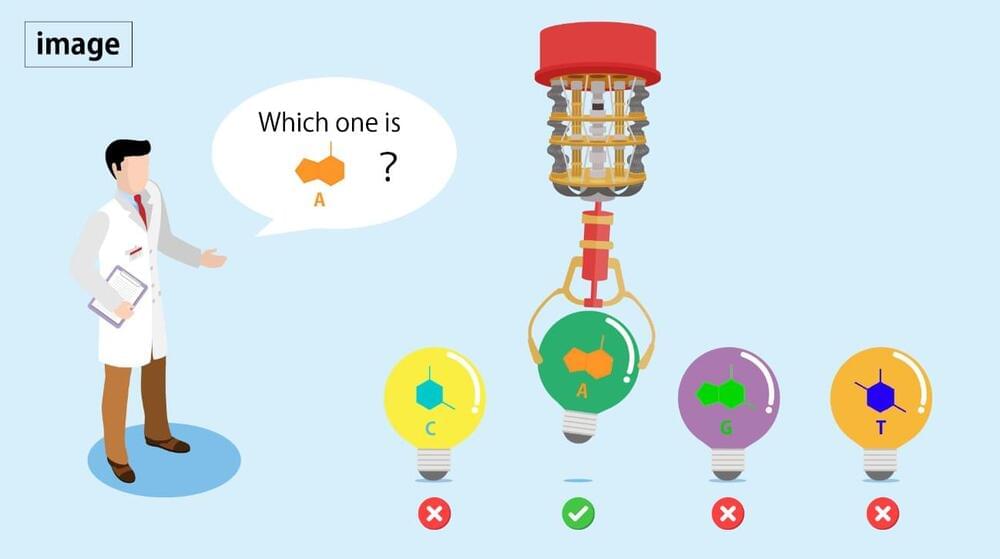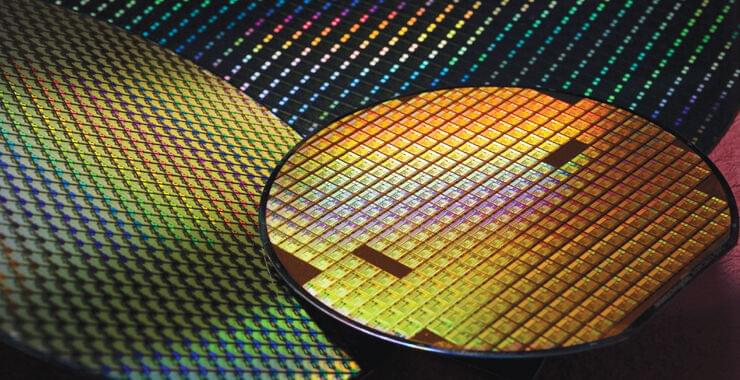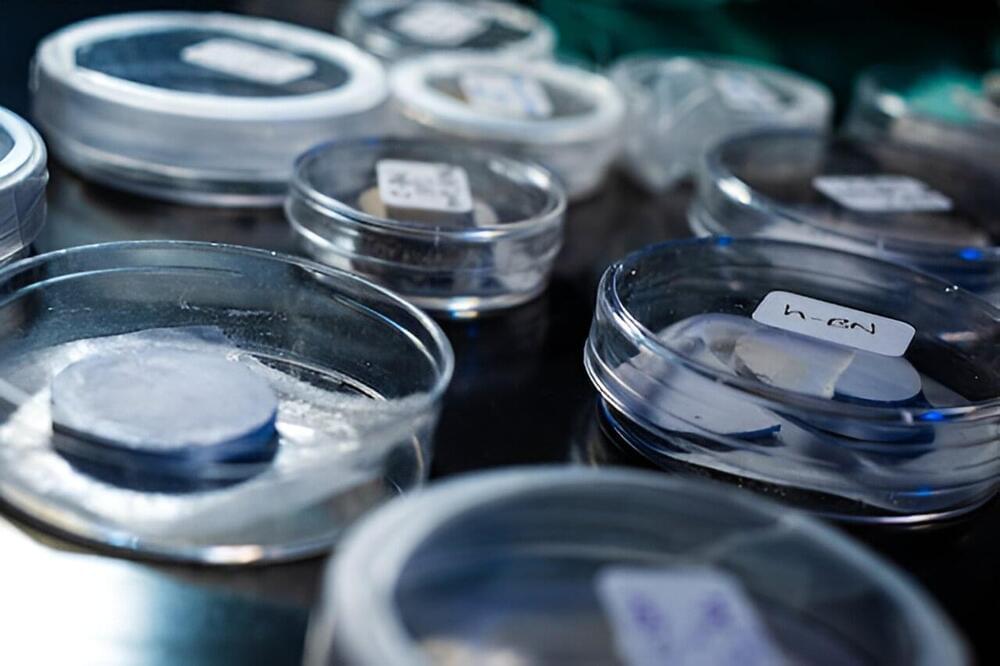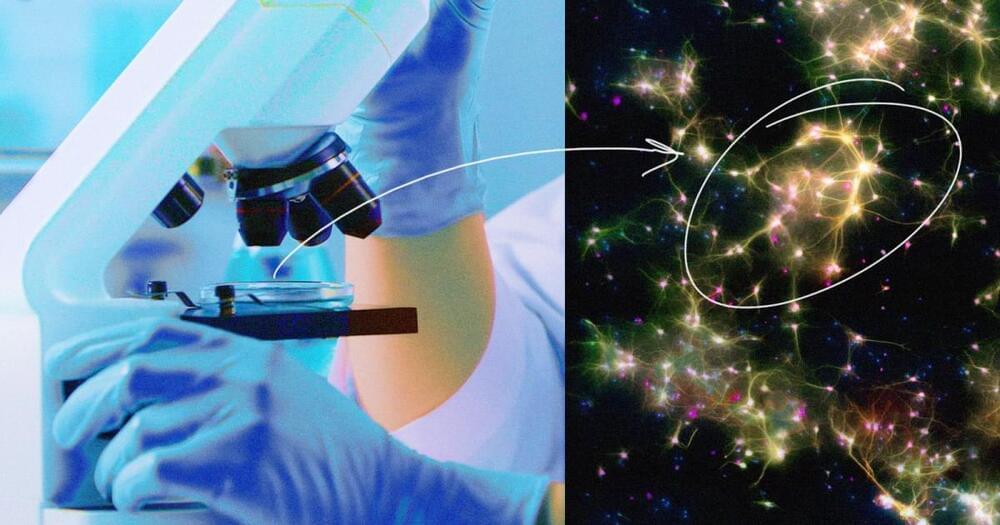Aug 9, 2023
Journey to Quantum Supremacy: First Steps Toward Realizing Mechanical Qubits
Posted by Paul Battista in categories: computing, particle physics, quantum physics
Quantum information (QI) processing has the potential to revolutionize technology, offering unparalleled computational power, safety, and detection sensitivity.
Qubits, the fundamental units of hardware for quantum information, serve as the cornerstone for quantum computers and the processing of quantum information. However, there remains substantial discussion regarding which types of qubits are actually the best.
Research and development in this field are growing at astonishing paces to see which system or platform outruns the other. To mention a few, platforms as diverse as superconducting Josephson junctions, trapped ions, topological qubits, ultra-cold neutral atoms, or even diamond vacancies constitute the zoo of possibilities to make qubits.
